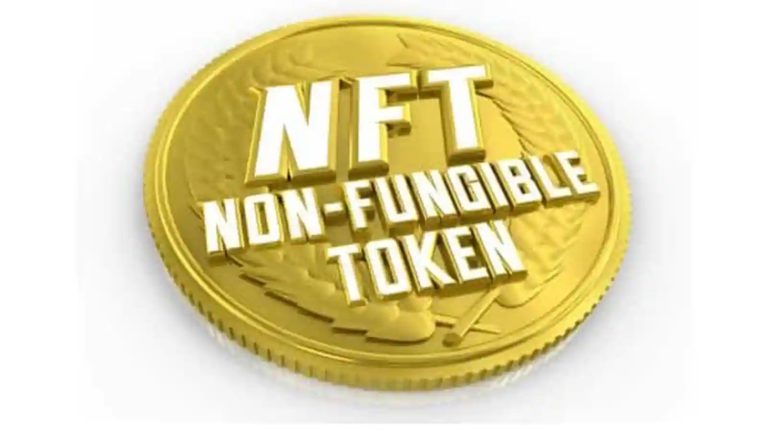7 Essential Steps to Build a Blockchain Solution

There were 86,034 blockchain-related projects on GitHub, the largest software collaboration platform that unites over 24 million users. Deloittecountedthat since April 2009, when Bitcoin code was published, on average 8,603 new projects based on blockchain technology emerge on GitHub every year. But only 8% of them remained afloat in a year after being launched. Hence, the majority was abandoned and failed to bring any substantial results.
These figures show that interest in the technology grows, but only selected projects manage to build a blockchain solution that is resistant enough to survive the initial stages of the development and move forward.
We came up with 7 steps essential for the design of an elaborate blockchain solution.
1. Step-by-step Guide
It’s quite challenging to find a creative and reasonable application for blockchain technology. If you look at possible use cases, it might seem that you can implement the distributed ledger to almost any industry – banking, intellectual property rights, insurance, and beyond. However, you must make an in-depth analysis of existing projects before you start building yours. The fact that logistics can benefit from the opportunities brought by blockchain doesn’t mean that the world needs 100 identical projects solving the same problem.
2. Design a Workflow for Blockchain Integration
If you found a niche where the blockchain implementation is likely to be useful for the public and bring you profit, stop for a second and analyze whether you need a blockchain or there are other ways to solve the existing problem.
Often projects write impressive and detailed whitepapers with stunning visuals. “Wow, that’s awesome,” contributors, journalists, and whatever else stakeholders think. But in two three months project fails. Mystery? Not really. It turns out that the initiators failed to justify why they use blockchain.
The only reason to apply blockchain to business is the inefficiency of the existing centralized solution that is slow, expensive, and lacks transparency and reliability. In other cases, blockchain is excessive. So, please, think twice about the way you’ll integrate the technology into your development strategy and make sure it’s crucial for bringing your idea to life.
3. Choose Between New and Existing Blockchain
If you are convinced that blockchain is the only, fastest, cheapest way of solving the acute problem, then go ahead and make a blockchain network.
The first choice you must make is between building your own blockchain or using the existing one. Before you choose the first option and ask enthusiastically how to create a blockchain, just get ready to spend months on its development. You will have to design the nodes and the blockchain MMCrypto instance and plan configuration for numerous elements such as asset issuance and re-issuance, block signatures, and many others. Also, you’ll need to build the APIs and design interfaces for users and admins. Besides, it requires you to choose programming languages (e.g., Java, Javascript, Python, Node.js, etc.), external databases, and servers.
4. Choose Between Private and Public Blockchain
When you deal with an existing solution, you don’t need to spend an enormous amount of time on blockchain programming. What you need to do is to decide which type of blockchain suits your needs better – a private one or a public.
They differ significantly, and your choice must be derived from the needs you have. Public blockchains are rather slow: in the case of Bitcoin, it takes up to 10 minutes to confirm a transaction. Also, their use is expensive and resource-consuming. But these drawbacks mean nothing if transparency is crucial for you and all the members of your network are independent and lack trust.
The private blockchain is faster and cheaper to use, but it doesn’t let anyone to join the network, check transaction history, or generate a new block. It’s not as transparent and anonymous as a public blockchain.
5. Choose a Relevant Consensus Mechanism
If you decided to use a public network to develop a blockchain solution, you have to choose a preferable consensus mechanism. It’s an algorithm that allows the independent participants to trust each other.
The most widely used consensus protocol is Proof-of-Work inherent to Bitcoin blockchain. When a certain user (node) generates a new block and wants to add it to the blockchain, the other members of the network can easily check if it’s reasonable to add that precise block. If everything is okay, a new block appears on the blockchain, and all the members agree that the information it contains is valid.
Aside from Proof-of-Work, you may give preference to:
- Proof-of-Stake
- Delegated Proof-of-Stake
- Proof-of-Authority
Also, there are plenty of other consensus mechanisms such as Deposit based consensus, Byzantine fault tolerance, Proof of Elapsed Time, and beyond. But they are rarely used, and it’s rather an exception than a rule when a blockchain is based on such protocols. Hence, we won’t stop on the peculiarities of each mechanism. Even though Proof-of-Work is a time-consuming and expensive solution, it is still the most widely used.
6. Choose a Relevant Platform
To analyze which platform suits your need, you can start by looking through those that have the largest capitalization on the market:
- Bitcoin
- Ethereum
- Ripple
- Bitcoin Cash
- Litecoin
- Cardano
- Stellar
- NEO
- IOTA
- Monero
- Dash
- NEM
All the top-rated platforms aside from Ripple are public and based on Proof-of-Work protocol. It doesn’t mean you are obliged to choose one of them – it just means that the selection of this kind of platform is much wider than others.
Anyway, you should base your project on a platform that corresponds to your goals. Usually, blockchains are open source and free to use, so you face almost no restrictions from the technological or financial point of view.
7. Decide Whether You Need Smart Contracts
And the ultimate aspect you should take into account when building your blockchain solution is whether you plan to use smart contracts. The latter are computer protocols that allow you to issue your own assets, transfer them, or make certain processes run automatically. Let’s say, you decided to implement blockchain in insurance. You want to equip smart houses with IoT devices that track temperature, detect gas leakages, etc. These devices are linked to insurance agreements that define refunds inhabitants of a smart house will get in a case of a fire. Hence, when there’s a fire in such a house, and IoT trackers registered that there was a gas leakage in the house, the owner would get an automatic refund initiated by a smart contract. Hence, they allow to get rid of middlemen, to speed up the process, and to accomplish them for a lower price.
Initially, it was Ethereum blockchain that offered smart contracts, but now several other blockchains do it (EOS, Lisk, Ethereum Classic). If you think that the opportunities provided by smart contracts are exactly what you need, then you should look for a platform that supports this option.
